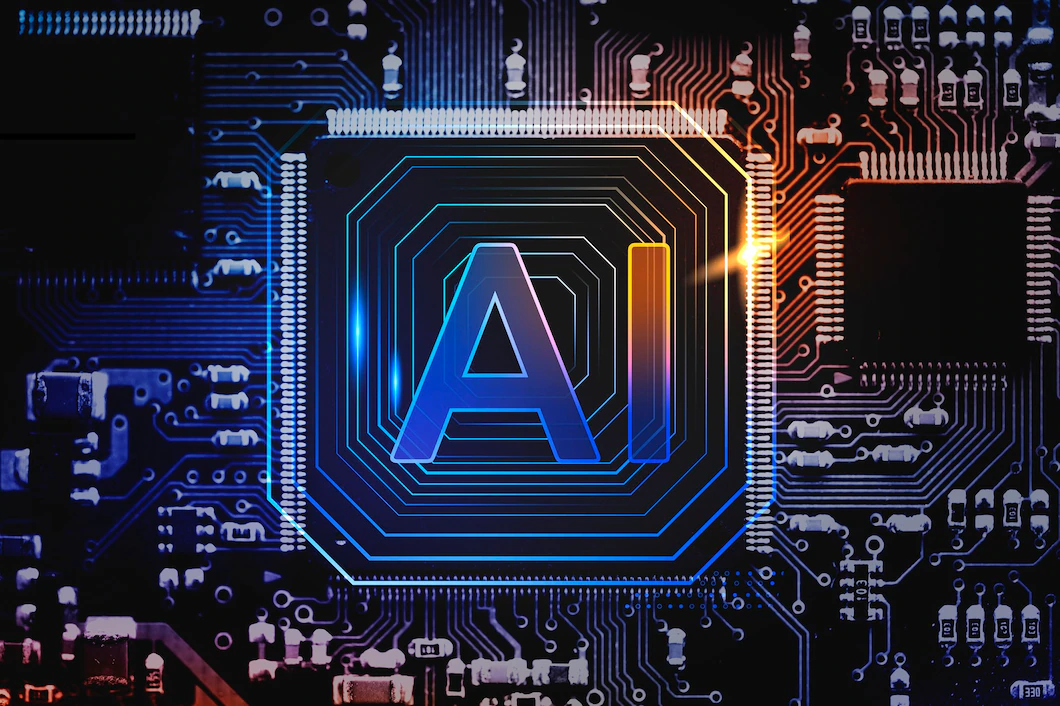Introduction
Imagine: Machines are programmed to know how you feel, show sympathy with what you say, and adapt to your mood. That's no longer science fiction; it is fast-growing Emotion AI. By 2025, the global Emotion AI market will exceed $40 billion, thereby revolutionizing most sectors.
What Is Emotion AI?
Emotion AI, also known as emotional artificial intelligence, is a branch of artificial intelligence that focuses on recognizing, interpreting, and responding to human emotions.
Its relevance in today's technology-driven world lies in human values and its ability to bridge the gap between human emotions and machine interactions. This article explores what Emotion AI is, how it works, its applications, benefits, challenges, and its future implications.
Emotion AI, also referred to as affective computing, is a method of artificial intelligence that gives machines the ability to exhibit emotional understanding and respond in response through facial expression analysis, tonal voice, text, or physiological signals that it discerns.
1. Emotion Detection: Detection of triggers by multiple interfaces, like face, voice, and text-based interfaces, which are also driven by sentiment.
2. Machine Learning Integration: Integration of advanced algorithms that are used to identify trends and predict emotions.
3. Real-Time Processing: Almost immediate action on emotional data in a real time feedback in order to produce quality interactions.
Human-to-human interaction is highly reliant on emotional intelligence. When applied to technology, it creates systems that are not only functional but also emotionally intuitive. This makes human-to-machine communication smoother and opens the door to applications that feel more natural and engaging.
How Emotion AI Works?

Emotion AI functions by way of data acquisition, processing, and adaptive response mechanisms. Here's a closer look at how:
Data Collection
Emotion AI systems collect emotional cues from a variety of sources:
- Sensors and Cameras: Devices capture facial expressions, body language, and eye movement to ascertain emotions.
- Microphones: Analyze a person for vocal tone, pitch, and rhythm to detect emotional states.
- Text Sentiment Detection: Analyze written content to interpret human emotions and determine mood and emotions using NLP.
Example: A smart speaker can listen for a voice to detect stress and then change the tone he uses.
Collected data is processed by machine learning algorithms and neural networks. Such systems are able to detect underlying patterns and connections in the emotional cues to understand complex emotional states.
- Machine Learning: Supports training models to identify and predict emotional signals.
- Neural Networks: Try to emulate brain processes to interpret fine nuances in emotional data.

Response Mechanisms
Emotion AI changes its behavior according to the detected emotions:
- Chatbots deliver empathetic responses when frustration is sensed.
- Advertising platforms suggest products considering the user's sentiment.
- Virtual assistants change tone and behavior according to user's emotional status.
Applications of Emotion AI
Emotion AI is transforming diverse fields, making machines more human-like.
Customer Service
A tonal or textual sentiment indicating frustration or confusion could be what helps AI-powered chatbots determine that the customer needs it to be empathetic by reaching out to her. For example, a call may be escalated to a human agent because the frustration level of the conversation with a customer can be sensed in the sentiment the chatbot detected.
It monitors the feelings of patients in advance for early diagnosing mental health issues and helps in therapy as it calculates the stress or anxiety level through facial expressions and analyzing voice patterns.

Education
Education uses the Emotion AI in adaptive learning platforms to monitor student engagement. For example, an AI system may notice when the student is losing attention and would provide interactive content to regroup the student's concentration.
Entertainment
With streaming services such as Netflix, one can analyze the emotional needs of the audience in order to recommend personalized content. Gaming systems use Emotion AI to create interactive experiences by changing the gameplay in relation to a user's mood.
Workplace
Employee engagement is enhanced through recognition tools that identify stress levels, promote well-being, and build stronger team dynamics.
Advantages and Scope of Emotion AI
Emotion AI promises much for the betterment of humans through human-machine interaction and innovation across industry.
Intuitive Human-Computer Interactions
The machines can interact more human-like by understanding the emotions, thus creating more intuitive experiences.
Empowering Improved Decision-Making
A good system will use emotional cues and predict behaviors, helping business to tailor their responses appropriately, thus improving customer satisfaction.
Easy Accessibility
Emotion AI enables more empathetic systems that can assist individuals with disabilities, such as autism or speech impairments, by recognizing and responding to nonverbal cues.

Challenges and Concerns
While Emotion AI offers tremendous potential, it also raises several challenges and ethical concerns.
Privacy Issues
The collection and analysis of sensitive emotional data also raise privacy risks. Unauthorized access or misuse can lead to ethical violations.
Bias in Emotion Recognition
Models can also tend to exhibit bias because the training data might not be right and leads to numerous mistakes while interpreting emotions concerning culture and demographics.
Ethical Concerns
- Artificial Emotions: Should AI produce and communicate emotions it doesn't in actuality experience? Which questions authenticity in its communication: what really is it.
- Lures to Manipulation: This also leaves open the use of Emotion AI in luring consumers, especially into purchasing marketing and advertising gimmicks.
Regulating how this technology is deployed ensures the responsible use but within innovation.
The Future of Emotion AI
The future of Emotion AI is going to be deeply integrated with other AI technologies, particularly generative AI.
For instance, it may happen that in the future, AI devices may even develop their personal stories or virtual avatars which can emote in real-time.
It is expected that such an advancement in even such simple devices as a smartphone and smart home assistants is going to utilize Emotion AI in numerous ways for overall improvement in the user experience.
To address these challenges, governments, companies and organizations should set guidelines. Such guidelines will ensure privacy in data, reduce bias, and maintain transparency in the use of Emotion AI applications.
In summary, what we think
Emotion AI is a cutting-edge area of research that assists in connecting human emotions and machine intelligence.
Identifying, understanding, and reacting to emotional signals is crucial for human-computer interaction and, therefore, makes human-computer interactions richer in experience, thereby having vast applications from health care to entertainment.
Privacy, bias, and ethical issues, though not sidelined, need attention in leading the development of robust regulatory frameworks that will align innovation with responsibility.
Given the rapid pace at which Emotion AI is advancing, such immense potential is held to revolutionize human-machine relationships.
Whether in personal devices, workplaces, or the healthcare sector, it sets the stage for a more empathetic and intuitive relationship.
Exploring and embracing Emotion AI responsibly would now have unlocked new frontiers but also make its application bounded by proper ethical standards.